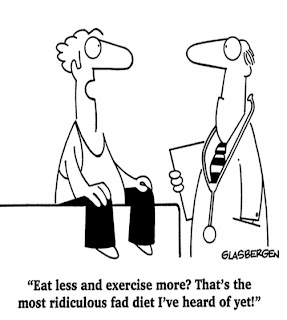Cake Is Not Your Boyfriend
No, it’s not. While cake may sit there quietly, its chocolate frosting all wavy and just oozing comfort, it is also smirking at you when you feel guilty about blowing five days of pounding the treadmill and eating carrot sticks. Emotional eating is perhaps one of the most difficult hurdles to overcome, because, let’s face it; it is something most of us have done on some level since we were children. Eating to feel better about some stressful situation or emotional need is so common, it has reached comic proportions. Still, calories count whatever reason they were taken in. The feeling bad afterwards just adds an added layer of guilt that no one needs.
This is a very difficult behavior to change for many people, but it is not impossible. The first step, as in a lot of things, is realizing that you are participating in a behavior that is counterproductive to your goals that you have established for yourself. The “ why” part of the question is often multi-layered and difficult to reach but habits can be changed, if given the time and dedication. Finding other activities that are known to reduce stress and frustration and using them to take the place of emotional eating is the key to avoiding those useless calories and the self-guilt that accompanies it. Some activities that have helped people overcome emotional eating are:
Taking a hot bath
Getting out of the house and going for a walk
Calling a friend and talking about what is causing the problem
Another way to avoid overeating is to keep those foods you would tend to reach for out of harm’s way. Do not pick up that box of French Vanilla ice cream when you are at the grocery. Feel the power you have over your emotions when you make that choice at a time when you are perhaps not in a vulnerable position where you might waver.
I review a number of sources to help me with these posts I put on the blog. While I was researching this piece about emotional eating I ran across a list of suggestions to exchange for high calorie foods in stressful situations. On the list was eating broccoli; that’s right, broccoli. Obviously written by a ridiculously stress free individual. I am all about changing behaviors to reach your weight and fitness goals, but I don’t think even I could, with a straight face suggest that crunching on a few florets would ease the cares of the day away. Good luck; talk to you soon.
Paul



